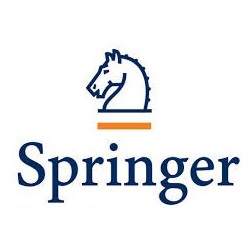Abstract
Objective We systematically reviewed and meta-analyzed literature examining associations of vitamin D (dietary intake, circulating 25-hydroxy-vitamin-D (25(OH)D), and 1,25-dihydroxy-vitamin-D (1,25(OH)2D) concentrations) with prostate cancer. Methods We searched over 24,000 papers from seven electronic databases (to October 2010) for exposures related to vitamin D. We conducted dose–response randomeffects meta-analyses pooling the log odds ratio (OR) and 95% confidence intervals (CI) per change in natural units of each exposure. The I2 statistic quantified between-study variation due to heterogeneity. Results Twenty-five papers were included. In prospective studies, the OR per 1,000 IU increase in dietary intake was 1.14 (6 studies; CI: 0.99, 1.31; I 2 = 0%) for total prostate cancer and 0.93 (3 studies; 0.63, 1.39; I 2 = 25%) for aggressive prostate cancer. Five case–control studies examined dietary intake, but there was a high degree of inconsistency between studies (I 2 = 49%). The OR per 10 ng/mL increase in 25(OH)D was 1.04 (14 studies; 0.99, 1.10; I 2 = 0%) for total prostate cancer and 0.98 (6 studies; 0.84, 1.15; I 2 = 32%) for aggressive prostate cancer. The OR per 10 pg/mL increase in 1,25(OH)2D was 1.00 (7 studies; 0.87, 1.14; I 2 = 41%) for total prostate cancer and 0.86 (2 studies; 0.72, 1.02; I 2 = 0%) for aggressive prostate cancer. Conclusion Published literature provides little evidence to support a major role of vitamin D in preventing prostate cancer or its progression.








